a few weeks ago, doing our bit to promote the local economy, Jill and I visited one of the few bona fide tourist attractions in the fair city of Nagoya: its castle. well, supposedly bona fide: it's only been standing in its present form since 1959. the original castle dates from the Muromachi Era of the mid 1300s, however, and it is reputed to be among the great castles of Japan.
the main part of the castle, known as the donjon, was completed in 1612 on the orders of Ieyasu Tokugawa, the first and founding ruler of the Tokugawa Shogunate. the castle was also home not only to a branch of this Tokugawa family, but to the most prestigious branch. now though, the main donjon only houses an unattractive mass of concrete and steel, along with respectable quantities of shogun-era artifacts and replica artifacts; there's not a very historical feel to the place. except, of course, for the numerous signs bemoaning the fate of the original building which, like so many other of Japan's national treasures (and most of Nagoya), was destroyed by allied air raids towards the end of World War II. the signs convey more than a hint of pique at these cultural losses, but no sense of an understanding that national treasures might be part of what you risk losing when you begin a major campaign of military aggression against neighboring countries.
in any case, the important bits are at the top of the main donjon, on the sixth floor. there you find spectacular... lines for the cashiers at the bustling souvenir shop. oh, and pretty spectacular views of the city of Nagoya. and a bunch of snacks, and some more souvenirs. not that i'm one to be talking about the strange Eastern devotion to cheap trinkets: i bought a couple of them myself. one was a small golden "unko" (うんこ) sitting on a pillow of scarlet satin. we asked a Japanese friend what an unko is, this little wonder that looks like a swirl of soft-serve ice cream, and she replied, without hesitation, "crap". literally, unko would be the stool itself, which is why i'm still not sure why anyone besides a gastroenterologist would want to actually own such a thing. so I sent it to my mother. because I knew she would be wise enough to figure out its meaning, you understand. the best i've come up with is that if you're prosperous enough to gild your feces, you must be financially secure. which security is among the things i wish for my parents, and i hope that she will infer that sentiment from my gift.

thejayfather in front of Nagoya castle's main donjon, and then the typically overcast view of downtown from the top of that donjon.
the main part of the castle, known as the donjon, was completed in 1612 on the orders of Ieyasu Tokugawa, the first and founding ruler of the Tokugawa Shogunate. the castle was also home not only to a branch of this Tokugawa family, but to the most prestigious branch. now though, the main donjon only houses an unattractive mass of concrete and steel, along with respectable quantities of shogun-era artifacts and replica artifacts; there's not a very historical feel to the place. except, of course, for the numerous signs bemoaning the fate of the original building which, like so many other of Japan's national treasures (and most of Nagoya), was destroyed by allied air raids towards the end of World War II. the signs convey more than a hint of pique at these cultural losses, but no sense of an understanding that national treasures might be part of what you risk losing when you begin a major campaign of military aggression against neighboring countries.
in any case, the important bits are at the top of the main donjon, on the sixth floor. there you find spectacular... lines for the cashiers at the bustling souvenir shop. oh, and pretty spectacular views of the city of Nagoya. and a bunch of snacks, and some more souvenirs. not that i'm one to be talking about the strange Eastern devotion to cheap trinkets: i bought a couple of them myself. one was a small golden "unko" (うんこ) sitting on a pillow of scarlet satin. we asked a Japanese friend what an unko is, this little wonder that looks like a swirl of soft-serve ice cream, and she replied, without hesitation, "crap". literally, unko would be the stool itself, which is why i'm still not sure why anyone besides a gastroenterologist would want to actually own such a thing. so I sent it to my mother. because I knew she would be wise enough to figure out its meaning, you understand. the best i've come up with is that if you're prosperous enough to gild your feces, you must be financially secure. which security is among the things i wish for my parents, and i hope that she will infer that sentiment from my gift.

thejayfather in front of Nagoya castle's main donjon, and then the typically overcast view of downtown from the top of that donjon.

along with that delightful little item, i also sent Mother a small golden "dolphin", which looks more like a Chinese dragon; a replica of the two that sit atop the castle's main donjon. known as "kinshachi", these golden dolphins have become a symbol of Nagoya and supposedly were first placed on the original castle back in the 14th century.

here we see the lengths the city has gone to to draw tourists: the castle "dolphins" are now rideable!
so a rather mixed review of this tourist sight, but contrary to what most guidebooks will tell you, there are some things to see in Nagoya. the castle, for one, sits on ample and attractive grounds just North of the city center, and when enough donations have been collected, the city plans to reconstruct the "Hommaru Palace" next to the main donjon. this structure was used to house visiting shoguns back in the day, and was considered among the two best examples of "Shoin" style palace architecture. it, of course, was destroyed by fire in WWII, as were a staggering number of Japan's important places. since much traditional building involved the extensive use of wood and paper, many of Japan's cities were like tinderboxes; perfect fodder for invading bombs. Nagoya castle was worth visiting, if not so much for the site itself as for the contemplation of what it represents. and now I've done my bit to boost Nagoya tourism, too.





































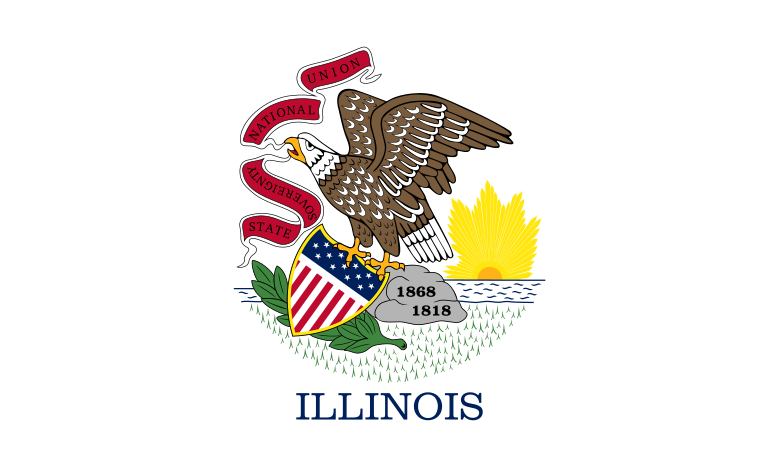




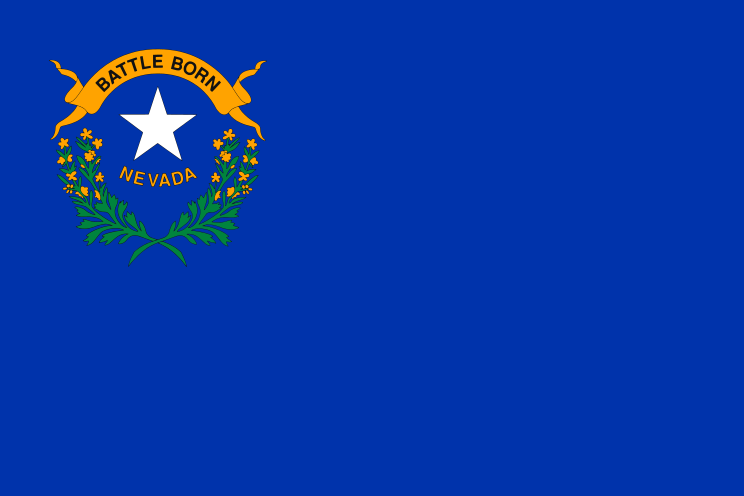




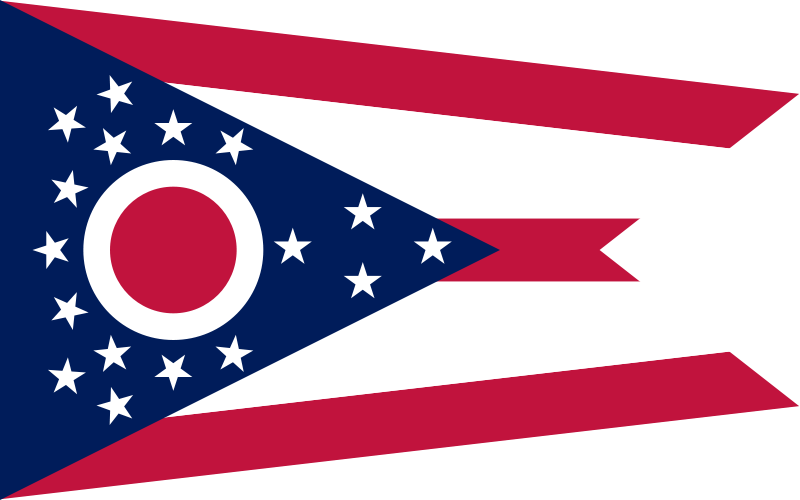

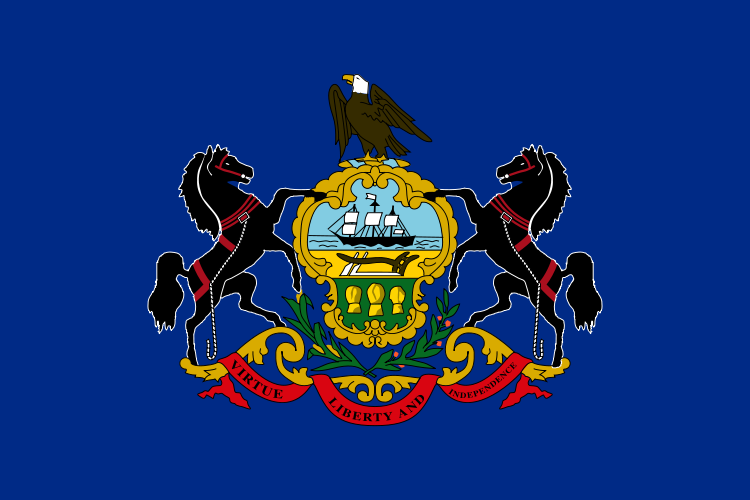





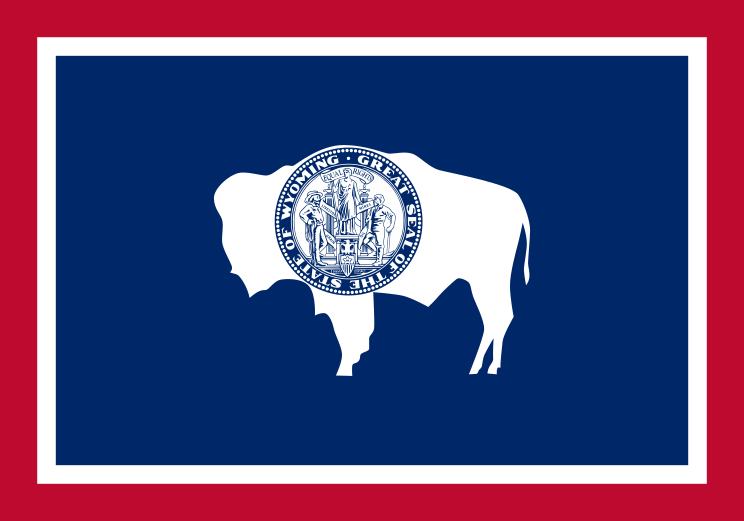
No comments:
Post a Comment